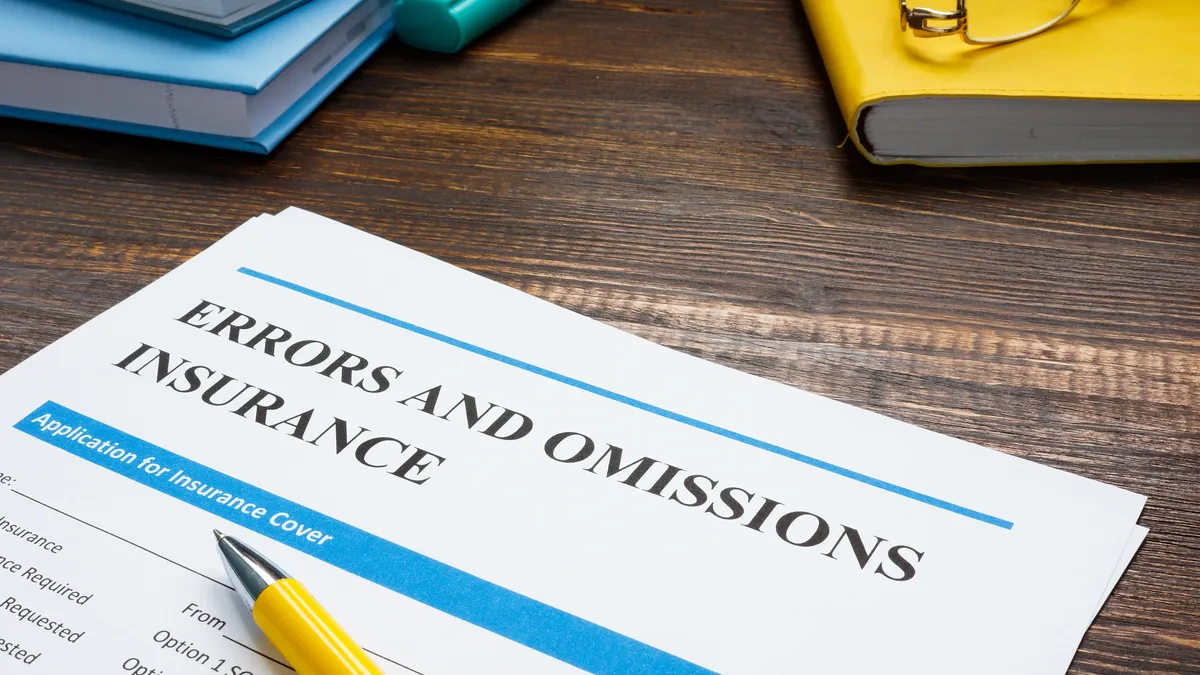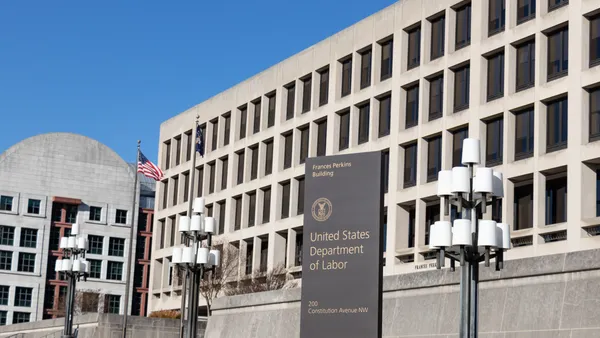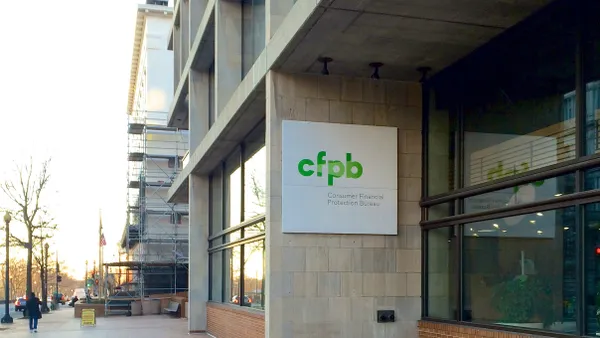Professional services coverage, including errors and omissions insurance, typically includes an exception for claims involving bodily injury, but don’t be too quick to accept a denial from your carrier, Adam Gallagher of Becker & Poliakoff says.
There is case law that prevents the insurer from walking away if the cause of the bodily injury can be traced back to the kind of professional services failure that E&O insurance is intended to cover.
The key case is Search EDP v. American Home Assurance, a widely cited 1993 New Jersey appellate ruling in which the court reversed the lower court and ordered the insurer to pay the company’s E&O claim involving a bodily injury despite a clearly worded exception for that.
Central to the decision is the professional services failure that led to the bodily injury.
As a placement specialist, the company’s professional services included vetting job candidates. The company was sued after one of the candidates it placed in an IT role at Toys “R” Us assaulted a coworker. It filed a claim to cover the cost of the action against it, but the insurer, citing the bodily injury exception, denied the claim.
The lower court sided with the insurer, but the appellate court, using a proximate-cause test, said the action that triggered the chain of causation was a professional services failure. The fact that it led to an excepted result – a bodily injury – doesn’t change the fact that the chain of causation started with a professional services failure, which is covered.
“That bodily injury may be read as literally encompassed by the bodily injury exclusion,” the court said. “It was, nevertheless, either caused by the insured as a direct and proximate result of a covered risk or not caused by the insured at all. In these circumstances, application of the proximate-cause rule entitles plaintiffs to a defense and to indemnity as well.”
The triggering event is key.
“Recovery may be allowed . . . where the insured risk itself set into operation a chain of causation in which the last step may have been an excepted risk,” the court said.
Other jurisdictions have cited the Search EDP case, including New York, Connecticut and Pennsylvania.
“Search EDP remains a time-tested decision and is a valuable tool in counteracting insurers’ improper use of a bodily injury exclusion,” Gallagher said in an analysis he provided in Today’s General Counsel.
The professional services failure could apply as well in jurisdictions that use the concurrent causation doctrine, Gallagher said. That doctrine applies when a covered event and a non-covered event each contribute to a loss with the proximate cause not readily distinguishable.
In these cases, he said, “the insurer is held liable for the entire loss,” although it's important the policy not contain an anti-concurrent causation clause, or exclusion.
Bottom line, if the insurer acts like the Cheshire Cat in Alice in Wonderland – that is, it disappears with a mischievous grin the moment you file a claim – the policy exception might not be as clear-cut as it looks if the cause of the action is a professional services failure, even if it ends in a bodily injury, Gallagher said.











